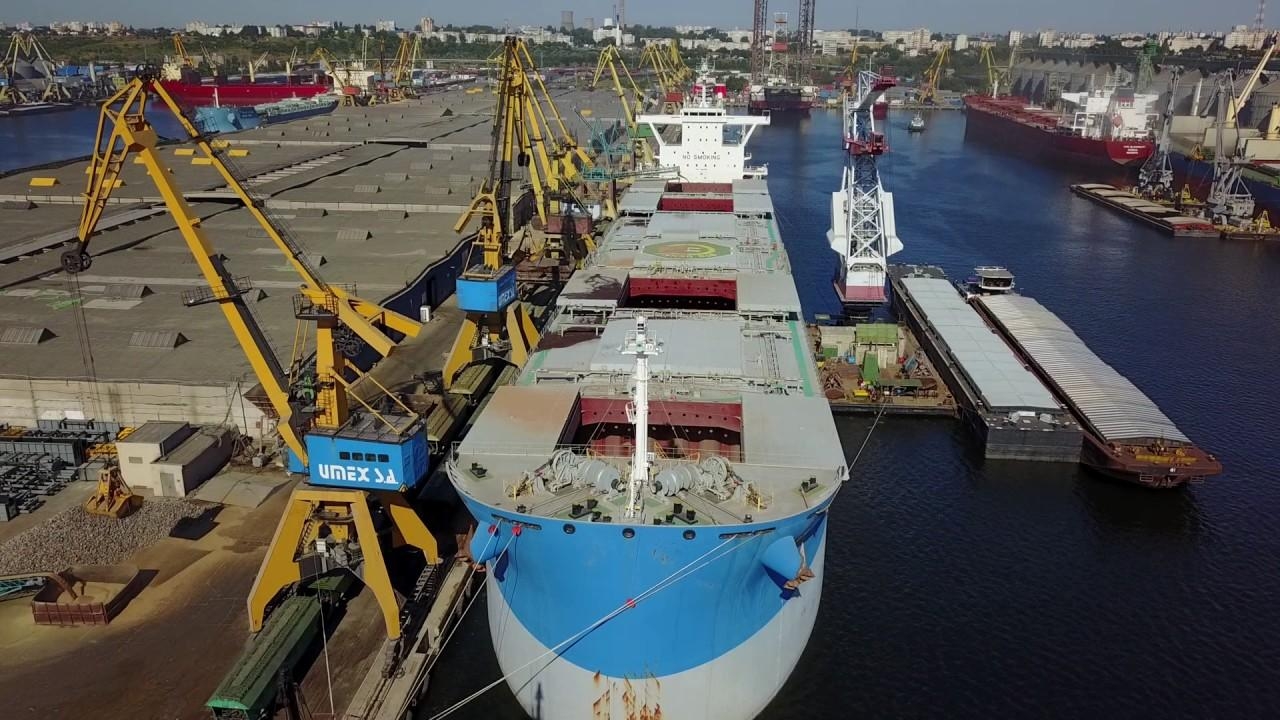Shortage of ships, expensive freight and low grain prices restrain exports through Danube ports

The high cost of freight, low prices for grain and oilseeds and a shortage of fleets are restraining trade in the main river ports of the Danube and slowing down deliveries on the main export route for Ukraine now, Agricensus reports.
Even before the completion of the grain agreement, trade through the Danube was gaining momentum, as it was considered much safer. But after the Russian shelling of the Danube ports, part of the shipowners left the region, and those who remained sharply increased freight rates against the background of increasing risks. Since mid-July, freight for coastal vessels has increased by $25/t to $65/t.
Many vessels booked to load await confirmation from the terminal of cargo availability before entering the port. Vessels wait 5-10 or more days in queues for entry and exit from the Sulinsky Canal. There are currently 90 vessels at the entrance to the canal, and 40 at the exit.
Romania is planning to increase the number of pilots (currently 4-5 are working daily) in order to increase traffic in Sulina, but it is not known whether this will happen in the near future. At the same time, Romania refused to involve Ukrainian pilots in the work.
Ukraine has opened a channel at the mouth of the Shvydke River for traffic, but the draft of ships there is limited to 7 meters, so it can only be used to enter the port.
A similar situation was observed in May - June 2022, before the opening of the grain corridor. At that time, there were 70 ships in the queue to enter the Danube. And only after the signing of the grain agreement on July 22, 2022, some traders began to work through the deep-sea ports of Pivdenny, Odesa and Chornomorsk.
Now it is unclear whether Ukraine will be able to export grain from Black Sea ports, although the Navy of the Ukrainian Armed Forces has opened temporary humanitarian corridors. But shipowners do not risk entering the Black Sea ports, and insurance companies do not cover the risks until the Russian Federation confirms the safety of traffic in the region.
However, last year (at the beginning of the Russian aggression), prices for grain and oil crops were $40-118/ton higher than now, which made Ukrainian products competitive even against the backdrop of high freight costs. But a record harvest in the Russian Federation and a drop in global prices have pushed down domestic prices in Ukraine to nearly equal or below cost, as exporters lower prices to compensate for rising freight and logistics costs.
According to MSG forecasts, Ukraine will increase its harvest this year compared to last year by 5% to 76.7 million tons, which will also increase pressure on prices.


